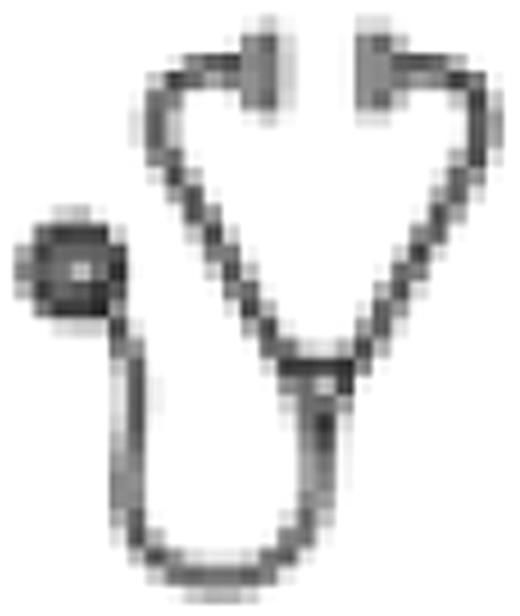Abstract
Abstract 3224
Methotrexate (MTX), both intrathecal (IT) and intravenous (IV) may induce acute neurotoxicity, typically manifested as seizures or stroke-like encephalopathy. The FRALLE 93 trial reported exposure to high-dose (HD) MTX as an independent risk factor for acute neurotoxicity in univariate analysis 1. Pediatric Oncology Group (POG) trial 9005 showed an association between IV MTX and acute neurotoxicity2. We investigate risk factors associated with acute neurotoxicity in children treated according to recent Children's Oncology Group (COG)-modified Berlin-Frankfurt-Munster (BFM)-based protocols, specifically whether number of doses of IT MTX therapy given during delayed intensification (DI) is an independent predictor.
A retrospective cohort of 167 children ages 1–21 years with ALL treated at our institution according to COG-modified BFM-based therapy between January 2001 and December 2007 with complete records available were reviewed. Patients who received bone marrow transplant in first remission or died prior to DI were excluded. In patients who relapsed, only data regarding therapy prior to relapse was reviewed.
Baseline characteristics between patients with acute neurotoxicity (n= 11) and patients without acute neurotoxicity (n= 156) were assessed for differences using the two-tailed student's t-test for continuous variables and the Chi-squared test or Fisher's exact test for categorical variables. Logistical regression analysis was performed using age, diagnosis (pre-B versus T-cell ALL), administration of HD MTX, administration of cranial irradiation (cXRT) and doses of IT MTX (two, on days 1/29, vs. three, on days 1/29/36) administered during DI as predictor variables. Interaction between doses of IT MTX and administration of HD MTX or cXRT was not able to be reliably assessed because of the rarity of the outcome event.
4/136 (3%) patients who received two doses of IT MTX during DI experienced acute neurotoxicity either during DI or thereafter compared with 7/31 (23%) patients who received three doses of IT MTX (p = 0.0008). Univariate analysis showed no significant differences in diagnosis, administration of HD MTX, cranial radiation and relapse rate between patients with acute neurotoxicity vs. those without. Patients with acute neurotoxicity were more likely to be older (p = 0.05) and have received three doses of IT MTX during DI than patients without an event (see table).
In multivariate analysis, patients who received three doses of IT MTX during DI were at increased risk of acute neurotoxicity (OR = 7.6, 95% confidence interval 1.7–33.7) adjusted for age, diagnosis, administration of HD MTX and cXRT. Older age was no longer a significant predictor of acute neurotoxicity (OR = 1.1, 95% confidence interval 0.94–1.3).
In children with ALL treated per COG-modified BFM-based protocols at our institution, three doses of IT MTX during DI (Days 1/29/36) was associated with a higher risk for acute neurotoxicity compared to two IT MTX doses on Days 1/29. The association between Day 36 IT MTX and acute neurotoxicity was seen in both univariate and multivariate analysis adjusted for age, diagnosis, administration of HD MTX and cXRT. This association should be explored in a larger patient cohort, and if confirmed, warrants consideration of eliminating IT MTX on Day 36 of DI.
1. Dufourg NM et al. Age and high-dose methotrexate are associated to clinical acute encephalopathy in FRALLE 93 trial for acute lymphoblastic leukemia in children. Leukemia 2007; 21:238-47.
2. Mahoney DH et al. Acute neurotoxicity in children with B-precursor acute lymphoid leukemia: an association with intermediate-dose intravenous methotrexate and intrathecal triple therapy – a Pediatric Oncology Group study. J Clin Oncol 1998; 16:1712-22.
No relevant conflicts of interest to declare.

This icon denotes an abstract that is clinically relevant.
Author notes
Asterisk with author names denotes non-ASH members.


This feature is available to Subscribers Only
Sign In or Create an Account Close Modal